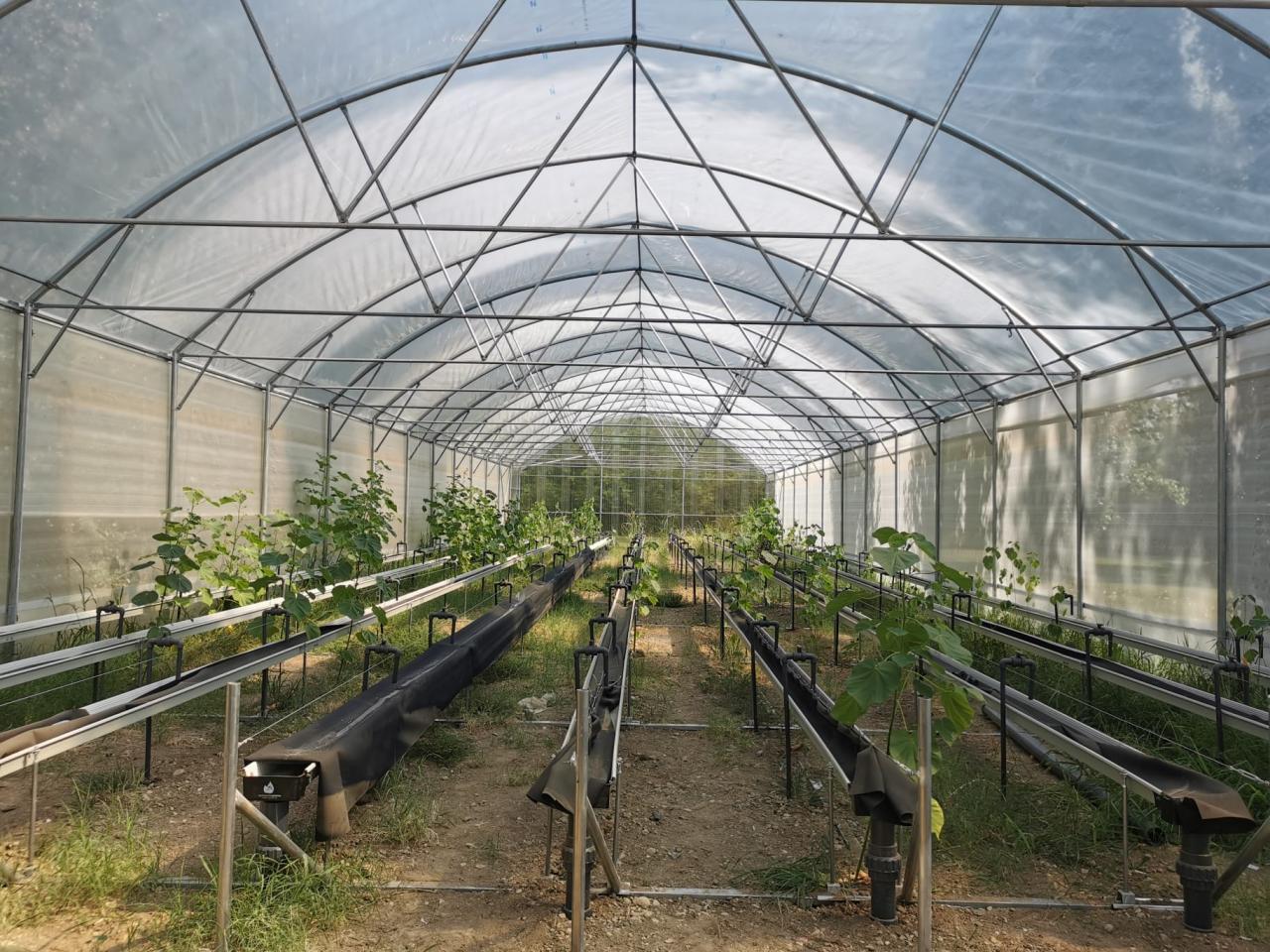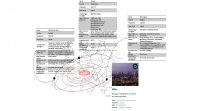
NextAgri’s project is a good example of the ground shaking magnitude caused by the UIA OpenAgri project. The 3 transfer partners are medium-sized cities from different climate type ecoregion and with different approaches to land use for agriculture. The development level of innovation and experimentation varies across the different cities. The Transferability Study reveals that NextAgri is a unique opportunity to explore new functionalities, as well as to review and improve their current functionalities considering different needs and contexts.
The main goal of the URBACT Transferability Study is to provide the foundation of NextAgri project. This document provides detailed description of the Urban Innovative Actions (UIA) project – OpenAgri and assess each city’s transfer potential and the overall potential for transfer within the network.
Today, it is unquestionable that the agri-food sector can promote job creation and economic recovery in peri-urban areas. The NextAgri thematic approach is in line with many initiatives that are taking place at EU, national, or regional level, as well as with the UN Habitat Sustainable Development Goals (SDGs) linked to the New Urban Agenda, the European Union Thematic Objectives and the Partnerships of the Urban Agenda for the European Union (UAEU).
NextAgri organized OpenAgri good practice into five Transfer Modules (Open Innovation in Developing an Entrepreneurial Support Ecosystem; Education and Training; Long-term Sustainability; Resilient, Integrated Urban Development; Innovative Land-use management) that can be flexibly adapted to local contexts, according to transfer city’s needs & objectives. These are presented as standalone Transfer Modules, however there are plenty of connections and linkages across them. Transfer Cities may now grasp this knowledge and make use and re-adapt the concepts and findings of the five Transfer Modules to the specific needs and objectives of their local contexts.

The transfer potential for the different modules is high, even if in some cases, due to the local context, some themes are not a priority for some cities. The Good Practice Transfer Potential is based on a deep understanding of the context in which the good practice has been and will be transferred. The assessment of the good practice relevance in the context of the transfer city partners is based on a correlation between NextAgri Transfer Modules and Relevance vs Maturity of each city to transfer the modules.
The overall transfer potential of the network is very promising. To evaluate it, 14 key assets were analyzed amongst the different transfer cities according to their level of maturity and relevance. Out of the 14 key assets:
- 5 are Sunny – Entrepreneurial spirit in the city for the agri-food sector; Strong local stakeholders to involve in the project - Participative approach for co-implementation; Political support and motivation; Knowledge and skills in the field of agri-food supply chain; Monitoring and evaluation;
- 6 are Cloudy – Building (public/private) available for the project; Level of dialogue with public sector and private owners in the area of project intervention; Financial resources; Capacity to develop Public Procurement; Organizational arrangements within the urban authority (cross-department working); Communication with target beneficiaries and users;
- 3 are Rainy - Land available for the project; Formal food policy.
The overall transfer potential of the network looks like Spring, which is considered an awaking or rebirth. Many fun things happen during the spring season. Springtime flowers begin to bloom, days start to get longer, temperatures start to rise. It’s the time of year when people get to come outside and do fun activities again especially after a long, and harsh winter. Much of this will be put into practice during the Adapt and Re-use phase of the project.
The multi-dimensionality of the project requires solutions which interconnect all the spaces and agents involved. The individual analysis to each transfer partner confirms the diversity in the network, in terms of geographical coverage (the partnership covers different areas of Europe: South (IT, PT), Central (NL) and South/East (BG)) or the different levels of integration/development of local policies related to NextAgri thematic approach. For example, Vila Nova de Gaia (PT) show evidence on “strong local stakeholders to involve in the project”; Stara Zagora (BG) on “organizational arrangements within the urban authority” and Almere (NL) on “knowledge and skills in the field of agri-food supply chain”.
The transfer cities will develop Investment Plans contextualized to their ambition and starting point in relation to the NextAgri transfer modules. During the Adapt Stage, the transfer cities will have access to information and evidence to take reasoned decision about what works or not in their city. For that, the ULG’s are a vital tool to bring a realistic and feasible approach to the Investment Plans.
The Springboard Plan is an opportunity for Milan (Lead Partner) to capitalize on the OpenAgri process and the results, support the establishment of sustainable management model and identify specific financing tools for the different functions of the hub.
NextAgri methodology will be prepared for unexpected scenarios. Something that we all learned during this pandemic crisis is the need to be prepared for the unexpected. We are aware of the change, even if in this moment the new normal is not clear. We will make the best use of URBACT tools with a set of curated mostly free & open source resources to support our community of users to take the most they can of NextAgri journey.
Written by: Miguel Sousa - Lead Expert NextAgri

